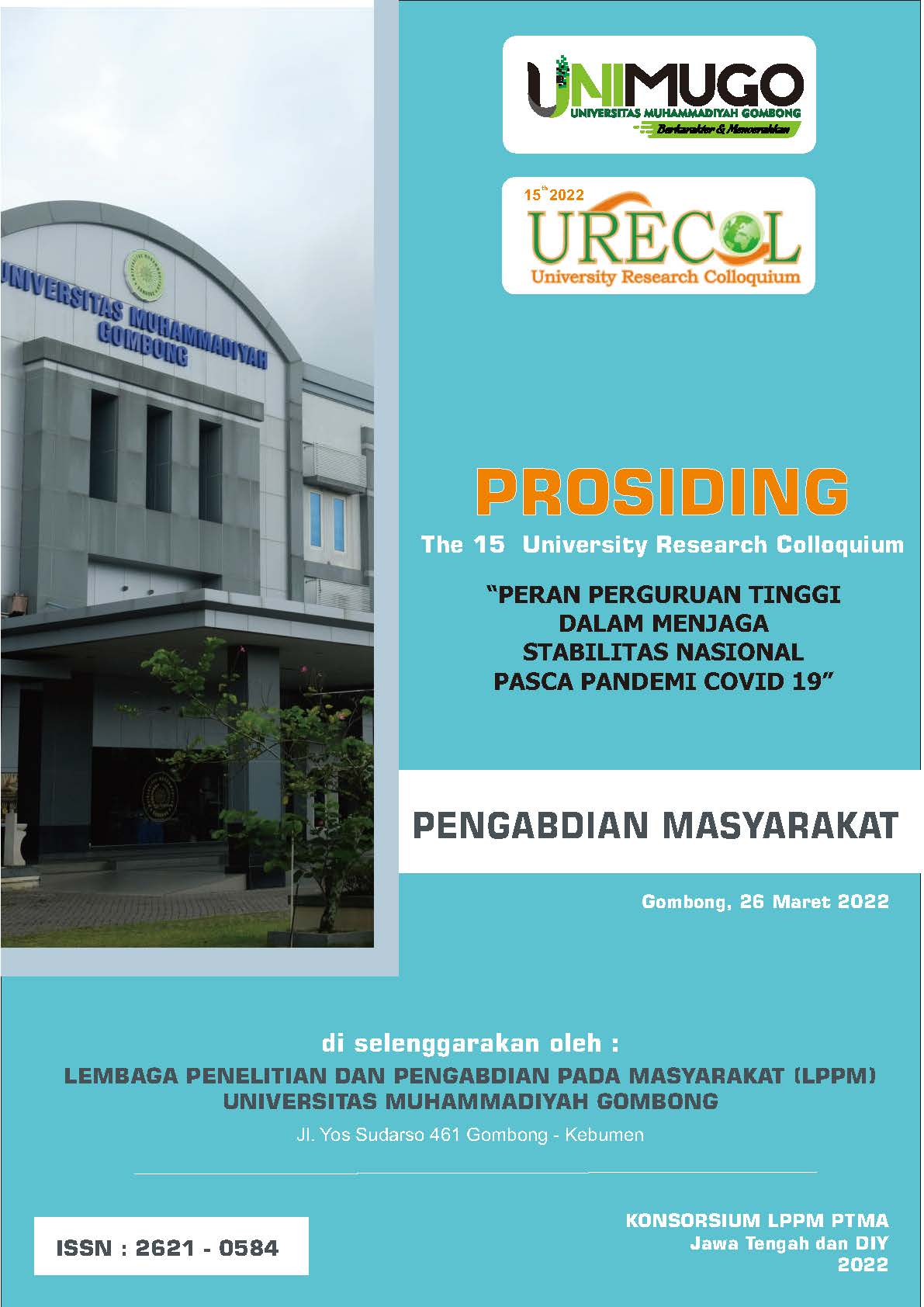Decreased Strenght Muscle Gastrocnemius of Balance Disorder in the Elderly
Abstract
Current world data is estimated that there are 500 million people with an average age of
60 years and by 2025 this data will increase to 1.2 billion. The elderly have many
declines in body physiology, especially those that affect balance control such as decreased
muscle strength, and changes in body posture. The Gastrocnemius muscle belongs to the
leg flexor muscle group which functions for flexion of the phalanges of the foot and
plantar flexion of the ankle as well as the large muscles that support the body to
maintain balance. Data processing used a qualitative descriptive approach. The data
obtained in the form of primary data, namely age, gender and occupation by using
questionnaires and direct interviews. Furthermore, the gastrocnemius muscle strength
data was assisted using a manual muscle testing (MMT) measuring instrument and the
identification of the risk of falling using a time up go to test (TUGT) measuring
instrument. The conclusion is that the neuromuscular changes that occur in the elderly
in the form of decreased muscle mass and atrophy of the leg muscles assisted by the
nervous system when working to contract will result in decreased strength in the
gastrocnemius muscle. As well as changes in somatosensory function in the form of
proprioceptive disorders, will have a bad effect on the balance of the elderly. This
happens because muscle strength and sensory systems are included in the components of
balance. Poor balance typing can put you at risk of falling. This incident proves that the
strength of the leg muscles, namely the gastrocnemius muscle, is associated with the risk
of falling in the elderly
Downloads
Published
How to Cite
Issue
Section
License
Copyright (c) 2022 Dzikra Nurseptiani, Lia Dwi Prafitri, Gita Anjali

This work is licensed under a Creative Commons Attribution-NonCommercial 4.0 International License.



